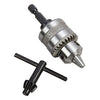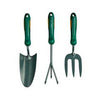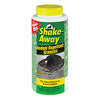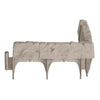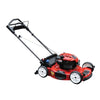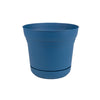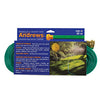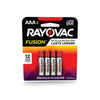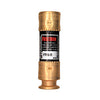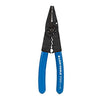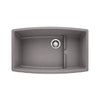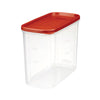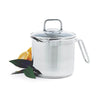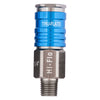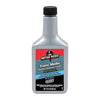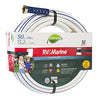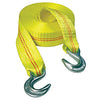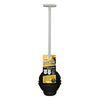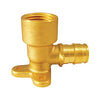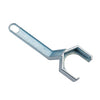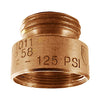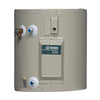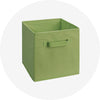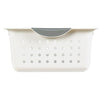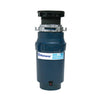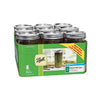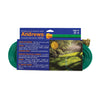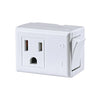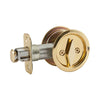Find out the ideal season to plant grass seed and how to do it.
∙ min read
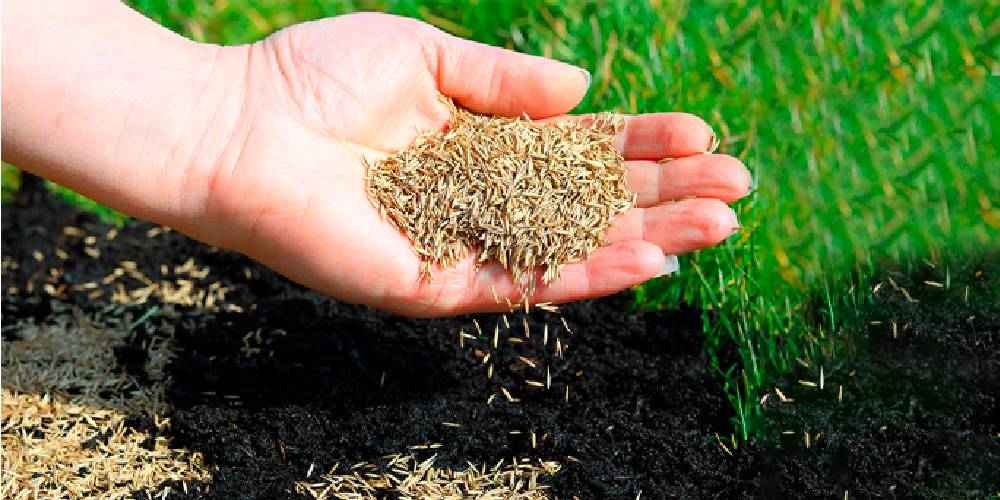
Grass germinates and grows quickly, and many grass plants can grow very close to each other. For this reason, it is the most popular ground cover for the garden. You can choose any time in the growing season to plant new grass, but knowing when to plant grass seed for the best results can be trickier.
The best time to plant grass seed depends on many factors related to your location, the climate, and the species of grass you are planting.
Below you can read more detailed information about these factors to ensure you plant grass seed in the best conditions.
The climate in your area greatly influences the timing of planting grass seeds
If you live in a more northern region of the United States, you are likely to experience freezing temperatures in the winter and milder temperatures in the summer. In this case, you may have more success planting grass in the fall.
Conversely, you probably have hot summers and mild winters if you live in a more southern region. In this case, you'll have better luck planting grass seed in the spring, but it also depends on the species of grass you grow.

The type of grass you want to plant
There are many different species of grasses, but they can all be grouped into two basic categories: cool-season grasses and warm-season grasses. Perennial ryegrass, Kentucky bluegrass, and tall fescue are cool-season grasses that do best in northern regions.
For example, if you plant cool-season grasses in summer, they will remain dormant until the weather cools, and if you plant them in fall, they will receive much of the hydration they need from the snowfall and begin to reach their full potential in spring.
Warm-season grasses include centipede grass, St. Augustine grass, and Bermuda grass. These species are best planted in the spring to benefit from the warm summer temperatures.
However, suppose you live in a transitional region between the two. In that case, it is best to plant cool-climate grasses, as they tend to be slightly more resistant than warm-climate grasses and are more likely to thrive in a transitional region.
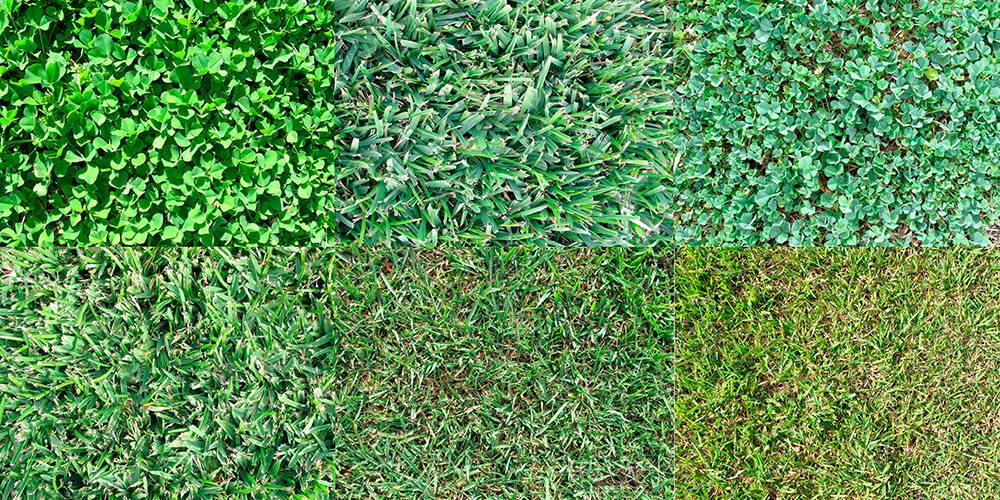
The part of the garden where you plan to plant grass
Defining whether you plan to grow the grass in a sunny or shady area is essential. Different types of grasses do better in one place than the other, and some do well in both. For example, if you want to plant grass seed in a partial shade area, choose a Jonathan Green Sun & Shade seed mix. If you are planting grass in a shady spot, wait until winter or early spring to grow it so the seed gets plenty of sun before new leaves sprout.
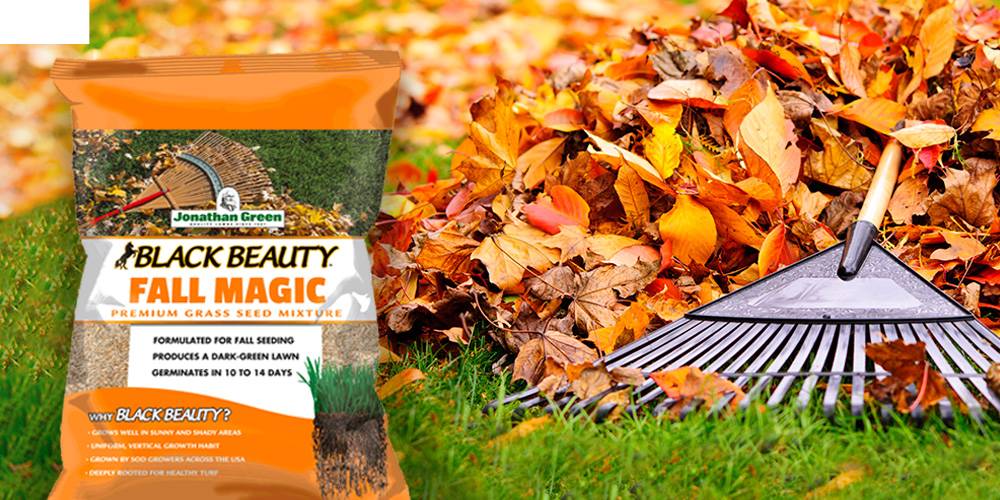
The other circumstances in your garden
It is essential to note that other events may affect your grass's ability to grow. For example, if you have pets, the salts in their urine can kill the grass. In this case, you can benefit from a product like EZ Seed Dog Spot Repair from Barenbrug. This formula contains an ingredient that neutralizes salt so you can repair the dead areas of your grass.

What are the advantages of planting grass seed in the fall?
If you live in a northern region, you will probably want to plant cool-season grasses in the fall. There are several specific reasons for this.
- Cool-season grasses need more water than warm-season grasses. Fall is usually a rainy season, meaning grass seed gets the hydration it needs without much more watering.
- Grass seeds are vulnerable to temperature extremes of heat or cold. During the fall, soil and air temperatures tend to be more moderate, which helps seeds germinate more quickly.
- When the weather turns colder, many bird species migrate, rodents become less active, and insects die or go dormant; this means there are fewer pests to feed on seeds before they can germinate.
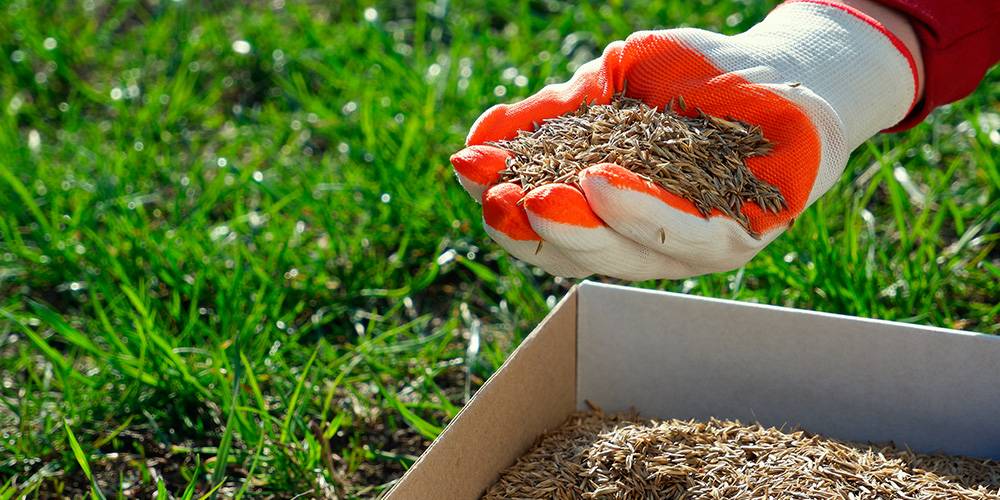
How to plant grass seed?
Grass seeds should be planted when the soil is slightly dry. Muddy soil makes planting difficult. If the soil is compacted, loosen it so the seed does not remain on top. However, grass seeds should not be buried profoundly or covered with a thick layer of mulch; otherwise, they will not receive enough sunlight to grow. Too much water can wash away the seeds or cause fungal diseases.
Max Warehouse guides you to have a beautiful garden
Planting grass seeds is a great way to enhance the appearance and functionality of your garden. You can enjoy a lush, healthy lawn with numerous benefits by choosing the right seeds and taking proper grass care. Don't forget to browse our selection of high-quality seeds and garden supplies to help you start your gardening journey.
Whether you're looking to cool your home, enjoy outdoor activities, or improve your well-being, a well-maintained lawn can make all the difference. So why wait? Start planting your grass seed today and enjoy the many benefits it has to offer!







